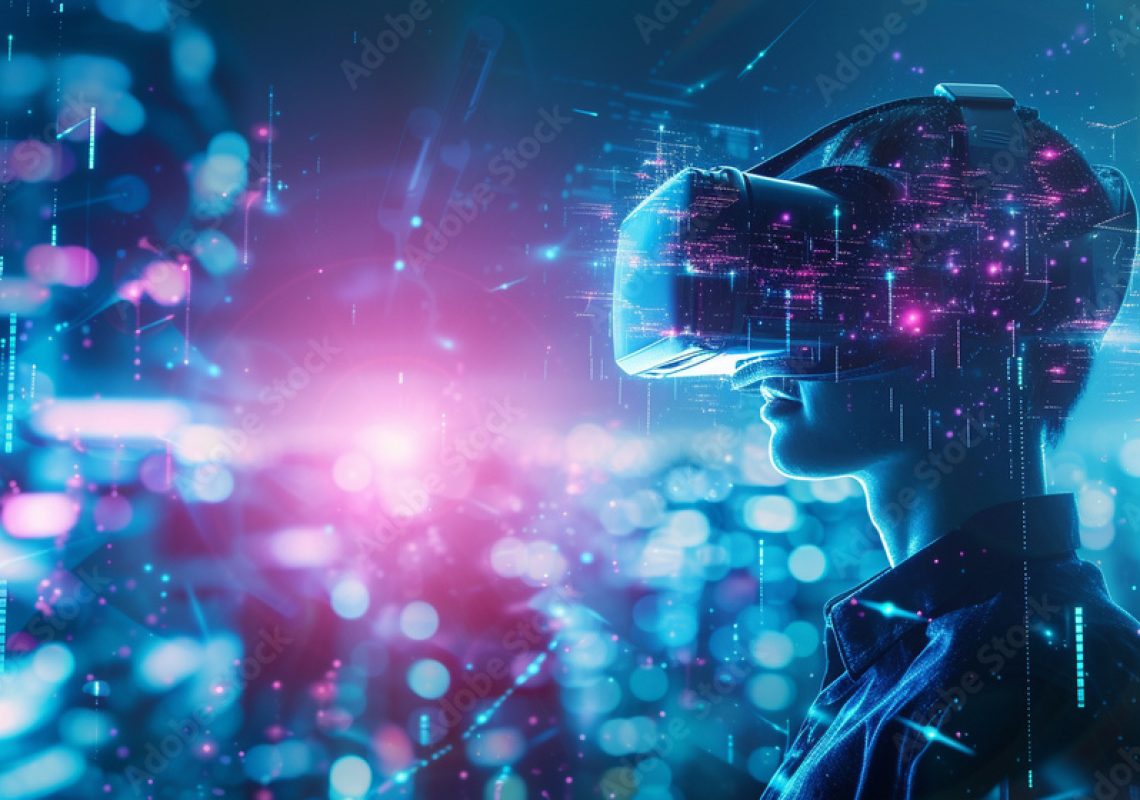In recent years, Augmented Reality (AR) and Virtual Reality (VR) have emerged as transformative technologies in various fields, with training and simulation standing out as a particularly promising application area. By integrating AR and VR into software development for training simulations, organizations can provide highly realistic and immersive learning experiences that significantly enhance the effectiveness and engagement of training programs.
The Role of AR and VR in Training Simulations
AR and VR technologies offer unique capabilities that traditional training methods cannot match. VR creates a fully immersive digital environment where users can interact with a simulated world, while AR overlays digital information onto the real world, enhancing the user’s perception and interaction with their actual environment. Together, these technologies enable the development of training simulations that are not only highly engaging but also provide practical, hands-on experience in a safe and controlled setting.
Key Benefits of AR and VR in Training
- Realistic Practice Scenarios: VR simulations can recreate complex environments and scenarios that would be difficult or impossible to replicate in real life. For instance, pilots can train in a virtual cockpit, experiencing various flight conditions and emergency situations without any risk. Similarly, medical professionals can practice surgeries or emergency procedures in a controlled virtual setting, gaining valuable experience without the potential for real-world consequences.
- Enhanced Engagement and Retention: The immersive nature of AR and VR makes learning more engaging, which can lead to better retention of information. Studies have shown that interactive and immersive experiences are more likely to be remembered compared to traditional learning methods. Trainees can engage with the material in a more meaningful way, leading to deeper understanding and long-term retention.
- Cost and Resource Efficiency: Developing and maintaining physical training facilities and equipment can be costly. AR and VR simulations can reduce these costs by providing virtual alternatives. For example, instead of using real machinery for training, which may be expensive and prone to wear and tear, employees can train on virtual models. This not only cuts costs but also allows for repeated practice without additional expenses.
- Customizable and Scalable Training Programs: AR and VR technologies offer high flexibility in designing training programs. Simulations can be tailored to specific roles, industries, and skill levels. Furthermore, these programs can be easily scaled to accommodate large numbers of trainees, making it possible to deliver consistent training across different locations.
Challenges and Considerations
While the benefits of AR and VR in training are significant, there are also challenges to consider. Developing high-quality AR and VR simulations requires substantial investment in technology and expertise. Additionally, ensuring that the virtual environments accurately replicate real-world conditions and maintaining the software over time can be complex and resource-intensive.
Another consideration is user comfort and accessibility. Some individuals may experience discomfort or motion sickness when using VR headsets, which can limit the duration and effectiveness of training sessions. Addressing these issues requires careful design and testing to create user-friendly and comfortable experiences.
Future Prospects
The future of AR and VR in training simulations looks promising, with continuous advancements in technology expected to further enhance their capabilities. Improved graphics, more sophisticated user interfaces, and advancements in artificial intelligence (AI) will contribute to more realistic and interactive simulations. As these technologies become more affordable and accessible, their adoption across various sectors is likely to increase, transforming how training is delivered and experienced.
In conclusion, AR and VR technologies hold immense potential for revolutionizing training and simulation. By providing immersive, engaging, and practical learning experiences, they can significantly enhance the effectiveness of training programs. As technology continues to evolve, the integration of AR and VR into training will likely become more prevalent, paving the way for innovative and impactful learning solutions.




